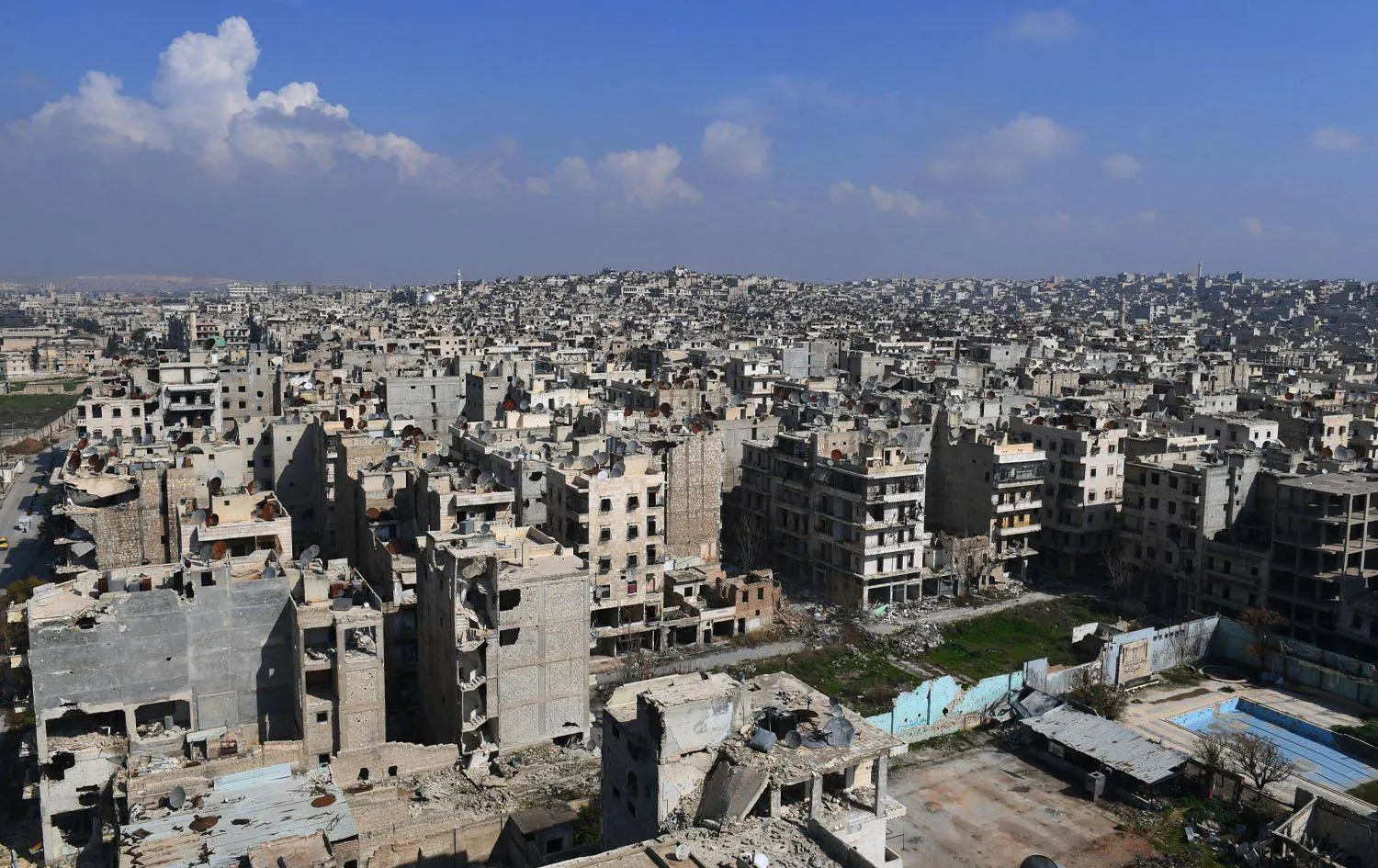Hezbollah launched explosive drones at an army base in northern Israel on Tuesday, declaring the attack part of its response to recent Israeli assassinations in Lebanon, as sources reported three Hezbollah fighters killed in an Israeli strike.
The group said its drones had hit the Israeli army headquarters in Safed as part of retaliation for last week's killing of deputy Hamas leader Saleh al-Arouri in Beirut, and in response to Monday's killing of a Hezbollah commander.
A source familiar with Hezbollah operations said it marked the first time the group had attacked Safed, some 14 km (8 miles) from the border, during hostilities that began three months ago after Hamas attacked Israel from the Gaza Strip.
An Israeli army spokesperson said a northern base was hit in an aerial attack but there had been no damage or casualties. The spokesperson did not say precisely where the incident occurred.
More than 130 Hezbollah fighters have been killed in Lebanon during the hostilities with Israel, their worst confrontation since they went to war in 2006. The violence has forced tens of thousands of people to flee homes on both sides of the border, and has raised concern the conflict could intensify and spread further.
The three Hezbollah fighters killed on Tuesday died in a strike on their vehicle in the town of Ghandouriyeh in the south of Lebanon, the sources said, without identifying them.
In a statement, the Israeli military said its air force attacked Hezbollah targets in Kila - an apparent reference to the Lebanese border village of Kfar Kila - and a drone squad belonging to the group elsewhere in southern Lebanon.
The Hezbollah commander killed on Monday, Wissam Tawil, was a commander in the party's elite Radwan forces and the most senior Hezbollah officer killed so far in the conflict. He had played a leading role in directing its operations in the south.
Hezbollah deputy leader Naim Qassem, in a televised speech on Tuesday, said his group did not want to expand the war from Lebanon, "but if Israel expands (it), the response is inevitable to the maximum extent required to deter Israel".









